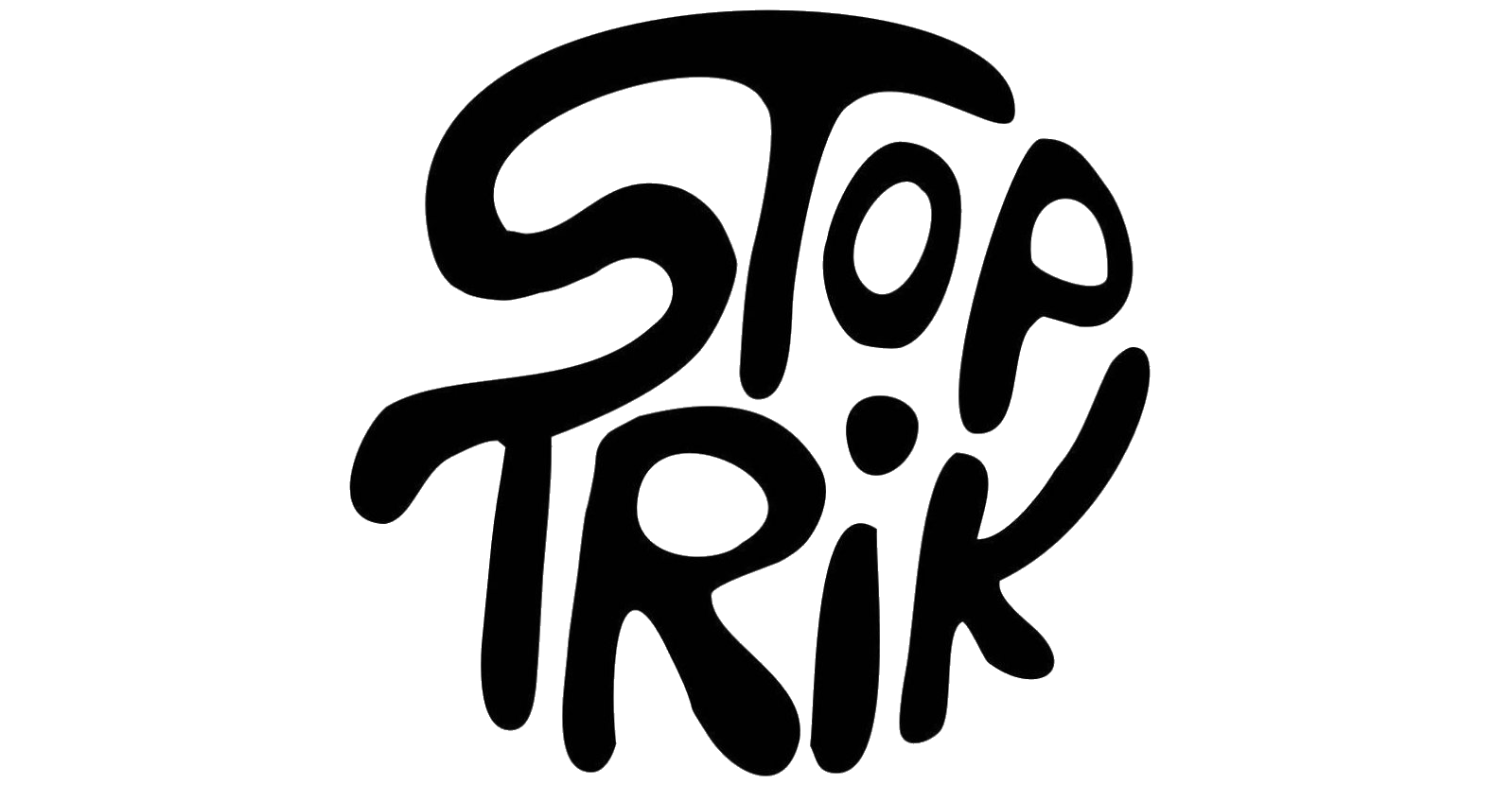13. StopTrik IFF Theme: Censorship and Animation
As we live in the times described by Chantal Mouffe as post-political (“Art and Democracy” 2008), we continuously deal with censorship and propaganda at the top of various pathologies generated within contemporary media and communication channels (misinformation, info bubbles, spread of fake news – just to name a few). StopTrik IFF, a stop motion festival off-the-beaten-track of the industry, clings to the ideas of cultural criticism by remaining sincerely committed to looking under the surface of animated visual pleasures. Problematizing censorship and animation has wide ramifications that regard both the historical and contemporary conditions of how animation functions as an art-house cinema, means of communication, or area of artistic education.
Within StopTrik 2023 programming you embark on a journey through a labyrinth of difficult questions, ambiguous answers, disturbing conclusions, where the exit doors may possibly lead to dystopia.
Over a century ago Walter Lippmann pointed out that without some form of censorship, propaganda in the strictest sense of the word is impossible. In order to conduct propaganda, there must be some barrier between the public and the event (Public Opinion, 1922). Not forgetting Lippmann’s infamous merits in manufacturing consent, it still seems worthwhile to use this quote as a starting point. Both propaganda and censorship are used to control public opinion and shape the discourse. Censorship remains a necessary part of the propaganda process, as it helps to limit the spread of certain messages and ensure that only certain perspectives are heard and disseminated.
Since ancient times societies have been using propaganda and censorship to shape worldviews and control individuals’ behavior. Like propaganda, early legends and myths transmitted through oral storytelling were used to instill a sense of shared identity, loyalty and respect for the ruling class. Like censorship, early stories were used to control the flow of information within the tribe or society. Stories were used to discourage certain behaviors or beliefs that were seen as threatening or disruptive to the existing social order.
Lippmann's claim ‘there is no propaganda without censorship’ needs to be complemented with another one: ‘there is no censorship without artistic contraband’, for the censors' efforts will always be met with resistance or obstruction. The idea of artistic contraband, as put forward by Jan Lenica, assumes that art has the ability to outsmart and overcome the boundaries of political and institutional character and to reach people even in the most oppressive of regimes.
Every dogma needs its inquisition and every inquisition needs its heresy. All three seem to be inevitable parts of the everchanging and everlasting power dynamics. The presence of inquisition, or the enforcement of certain beliefs, is necessary to maintain the status quo, while dissenting beliefs, or heresy, are only allowed to exist to serve as a façade of freedom, but in reality, they are always ghettoized, marginalized, and silenced. It seems only logical to assume that the most effective way to deconstruct the mechanisms of restricting the unwanted and promoting the socially desired is through storytelling practices. If the history of animated film teaches us any important lesson, it is that the narratives have potential both to sanctify the dogma and to spark heresy.

